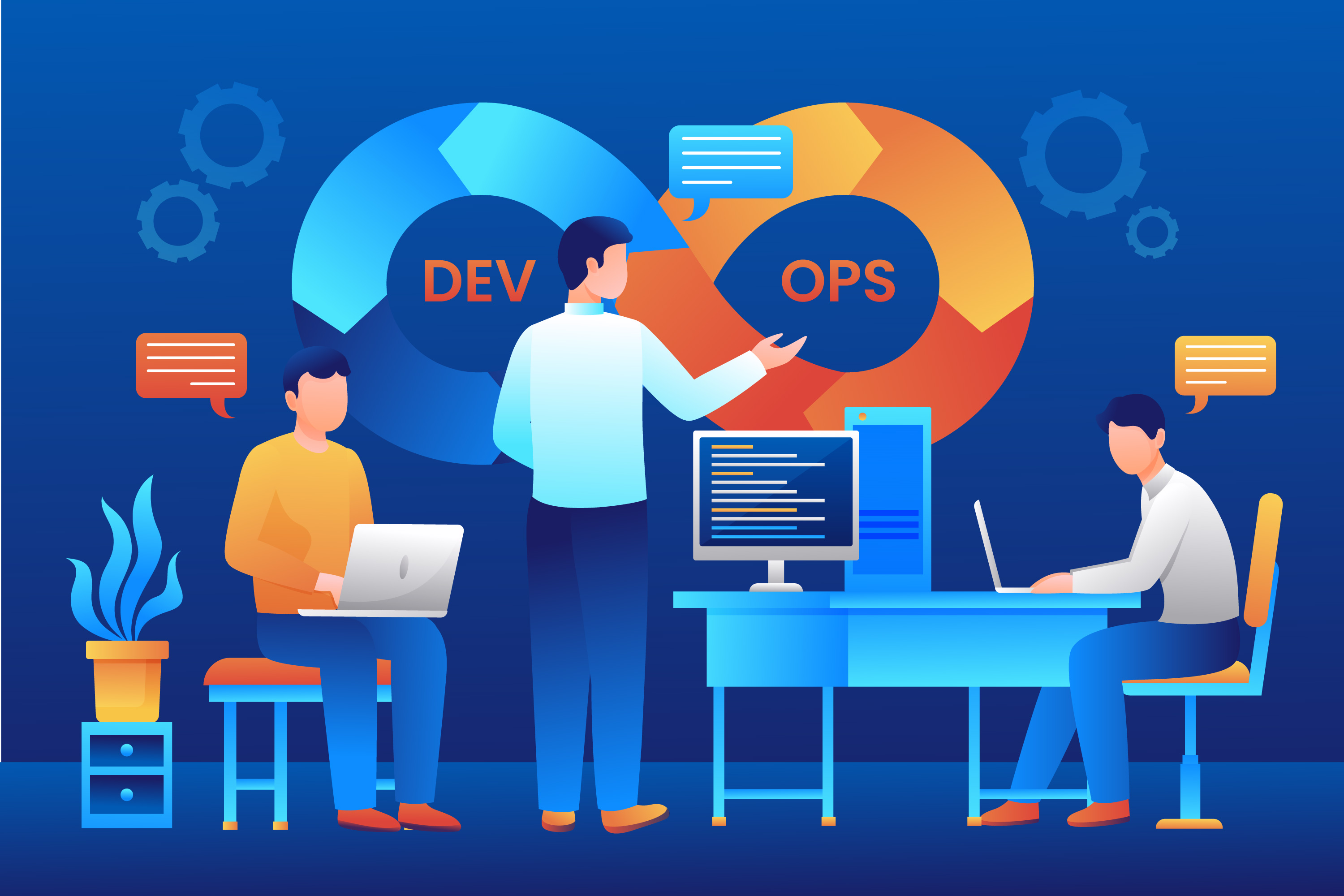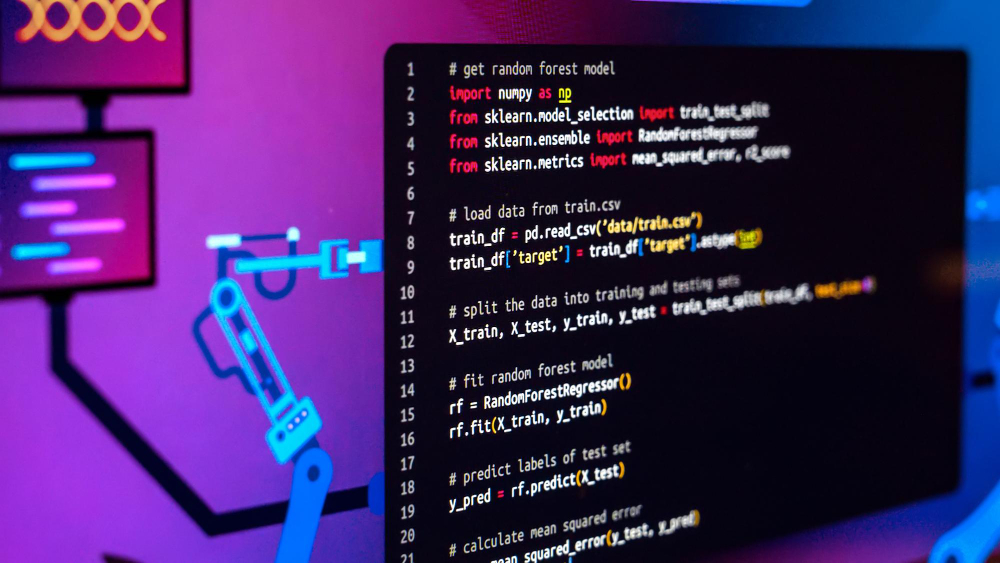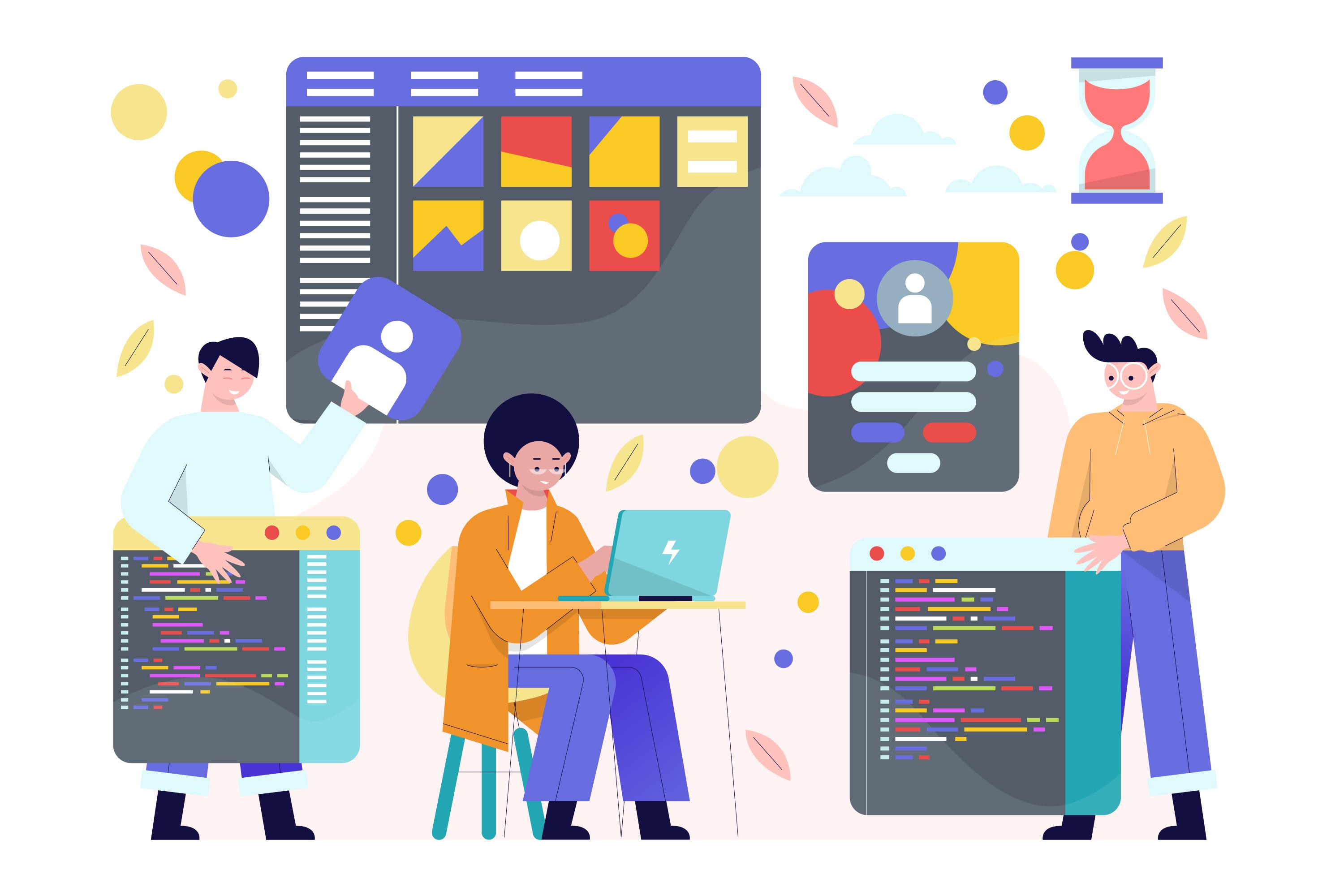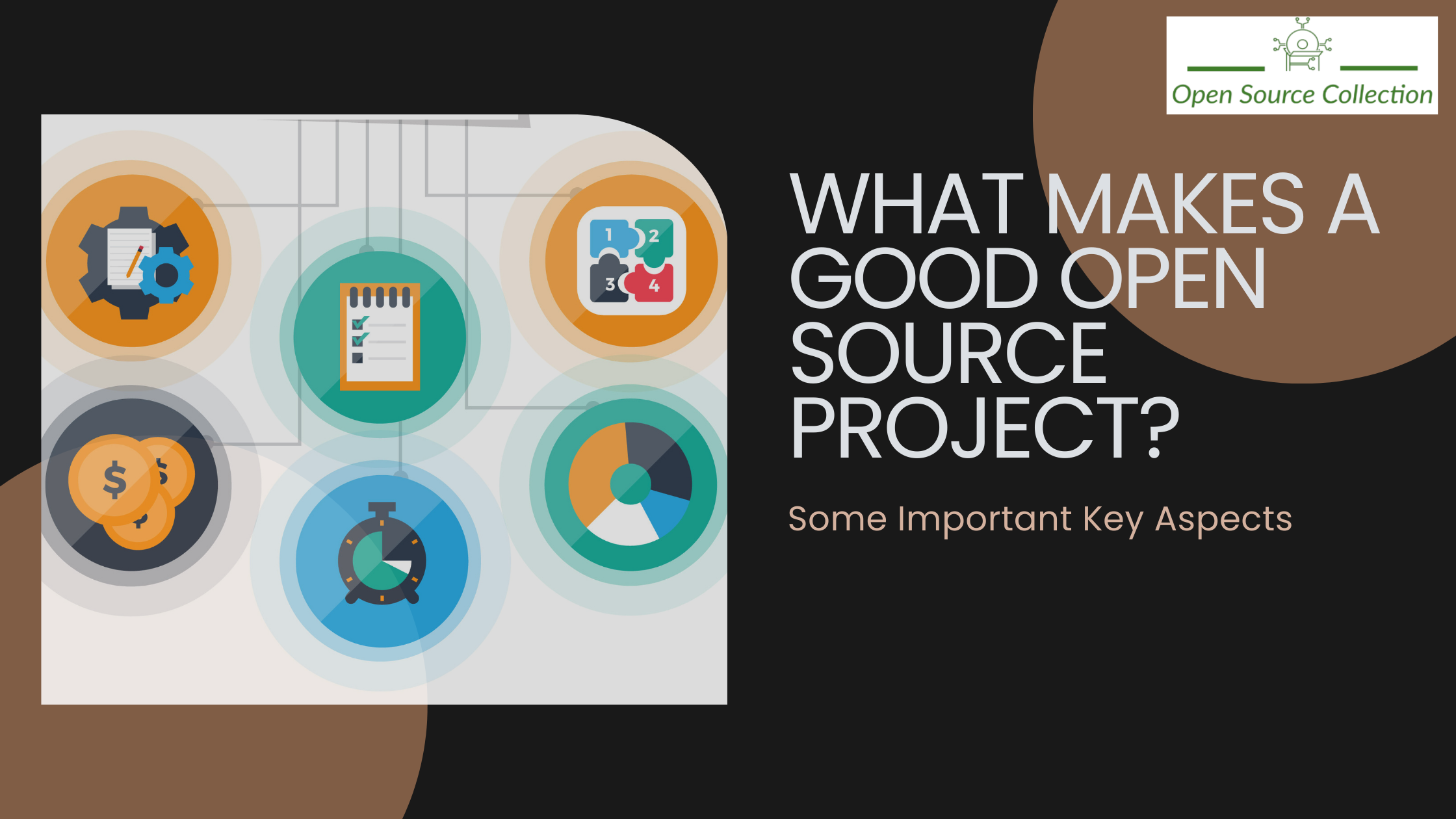Contributing to open-source projects is a really valuable skill in the tech world right now. Many folks are realizing how great it is to use open-source tech and be a part of these cool projects. Creating or choosing a good open-source project is essential for a successful experience.
Open-source development is like a big group project where everyone shares their ideas and works together to make things better. There are tons of these projects online, covering all sorts of things like social media apps, tools for organizing projects, and guides for technical stuff. But with so many choices, how do you know which one to choose?
Well, here we have some important points that make an open-source project the best. So, let’s start reading and find out but first let’s learn some basics about open-source…
Open Source Project At a Glance
An open-source project is one that can be modified, distributed, and used for free by the public. Unlike other software that's owned by a company, open-source software lets anyone peek inside and tinker with the code.
This openness is great because it encourages teamwork and creativity. People can customize the software to fit their needs, which makes it flexible and adaptable.

Now, let's talk about why open source is awesome:
-
It's everywhere. You've probably used open-source software without even realizing it, like Chrome or Mozilla browsers. Since it's free, it's widely used.
-
It's powerful. Open source is like a big brainstorming session where people come together to solve problems. This leads to better and more innovative solutions.
-
It's a learning opportunity. Whether you're just starting out or you're a pro, contributing to open-source projects helps you grow your skills. Employers love seeing this on resumes.
-
It's customizable. If you find that a piece of open-source software doesn't quite fit your needs, you can change it to make it work better for you.
-
You don't have to be a coding genius to help out. Open source welcomes all kinds of skills, like writing, designing, testing, giving feedback, and building communities.
-
It's inclusive. Anyone can join in, no fancy degrees are required. All you need is a desire to make a difference.
So, if you've ever thought about getting involved in open source, now's the perfect time to jump in! Get to know all about open source in this open source project guide…
5 Key Aspects that Make a Good Open Source Project?
Some people think that to help with open-source projects, you have to be a coding whiz. But that's not true! There are lots of other ways to pitch in, like writing guides, organizing tasks, or spreading the word about the project. People who've been involved in open-source stuff will tell you how awesome it is. You can learn new skills, come up with cool ideas, and make connections that can help your career.
Here are some things to think about when deciding if you want to join an open-source project:
Does It Have a License or Proper Documentation?

Every open-source project comes with rules known as a license. There are two main types: permissive and copyleft. Permissive licenses, like MIT or Apache 2.0, are common and don't put many restrictions on how the software can be used or shared. Most open-source projects use permissive licenses. These licenses let developers change and share the software without any trouble. For example, they can modify the source code to create new software or distribute it as they wish. The modified version will have the same license as the original software.
It's important that everyone who gets the software has the same rights as the original creators. This means the license shouldn't discriminate against anyone. Even though open-source software can be freely used and shared, it doesn't mean other software or tools distributed alongside it have to be open-source too. Closed-source or paid technologies can still use open-source software without any restrictions.
Source Code Is Shared Or Not?

Every open-source project has a license that lets people share its source code freely. This means anyone can see and use the code, including the parts contributed by others. The project should make sure the source code is accessible to everyone without any limits. If you can't find the source code on public platforms, the project should give it to you if you ask for it. If a project keeps its source code secret, it's not really an open-source project.
However, the license might have rules about how you can share the source code. For instance, it might say you can only share modified versions of the code, not the original. And if you do modify it, you might need to give it a different name or version number to show it's not the same as the original project. Check out this List of Google Open Source Projects and get to know about all the famous projects…
Also read How to find Free Source Code Projects and Tutorials
Does It Have Community Guidelines?
Every open-source project should have clear instructions for people who want to contribute. These guidelines are usually found in a file called CONTRIBUTORS or CONTRIBUTORS.md in the project's main folder. They give step-by-step directions on how to get involved.
The guide helps new contributors understand how to do things like fork the project, raise issues, and submit their changes. Following these guidelines makes it easier to work together without causing conflicts For instance, let's say you want to help improve a project called AsyncAPI on GitHub. You can look at their contributor guidelines to learn how to contribute effectively.
Similar to this: Learn How to Earn Money With Open Source Contributions?
Are the Maintainers Active and Attentive?

In open-source projects, maintainers are like the leaders who oversee everything. They have the power to make changes to the project's files. Good maintainers are really involved in the project. They're the ones who manage community channels, lead discussions, and answer questions from contributors. They also give updates and encourage everyone to work together.
To see if a project has active maintainers, you can check its online repositories, like GitHub. Active maintainers are quick to respond to pull requests and issues, and they're good at communicating with contributors. If maintainers aren't active, it might not be the best project to get involved with, because it could mean there's not much support or guidance available.
Is There an Opportunity For A New Contribution?

Being open to new contributions is crucial when working on an open-source project. Initially, you might feel attached to your project, wanting to maintain full control and ensure it evolves according to your vision. However, it's important to involve others early on and relinquish some control. There are a couple of reasons for this approach. Firstly, other people have valuable ideas that can enhance your project. By welcoming contributions and ideas from others, you can expand the project beyond your own limitations of time and energy.
Secondly, you want your project to outlast your personal involvement. While you may continue to work on it for some time, life circumstances can change unexpectedly. Whether it's due to a new job or shifting focus to other projects, having others involved ensures the project can continue to thrive even if you step back.
Ultimately, being open to contributions ensures the longevity and growth of your project, benefiting both you and the broader community of users and contributors.
Wrapping up
While there are many factors to consider when choosing an open-source project to contribute to, some key ones stand out: the type of license, the community's nature, the availability of source code, and the presence of active maintainers.
Projects with these characteristics tend to foster innovation, grow rapidly, and gain recognition in the industry. Vibrant communities associated with these projects stay updated with the latest technology trends, promote collaboration, and embrace diversity.
Chances are, you've already used open-source software without even realizing it. So why not start your journey there? By considering the attributes mentioned in this article, you can find a project that aligns well with your skills and interests, ensuring a fulfilling contribution experience.
FAQs
To make an open-source project successful, focus on key aspects like having a clear licensing strategy, fostering an active and inclusive community, making the source code accessible, and ensuring there are dedicated maintainers overseeing the project's progress and responding to contributions effectively.
A project is considered open source when its source code is made freely available for anyone to view, modify, and distribute under an open license.
UThe skills required for open-source projects vary depending on the project, but generally include proficiency in programming languages, collaboration tools, version control systems (e.g., Git), communication skills, and an understanding of open-source principles and practices.
Open-source projects are beneficial because they encourage collaboration, innovation, transparency, and flexibility, leading to the development of high-quality software that is freely accessible to all.

